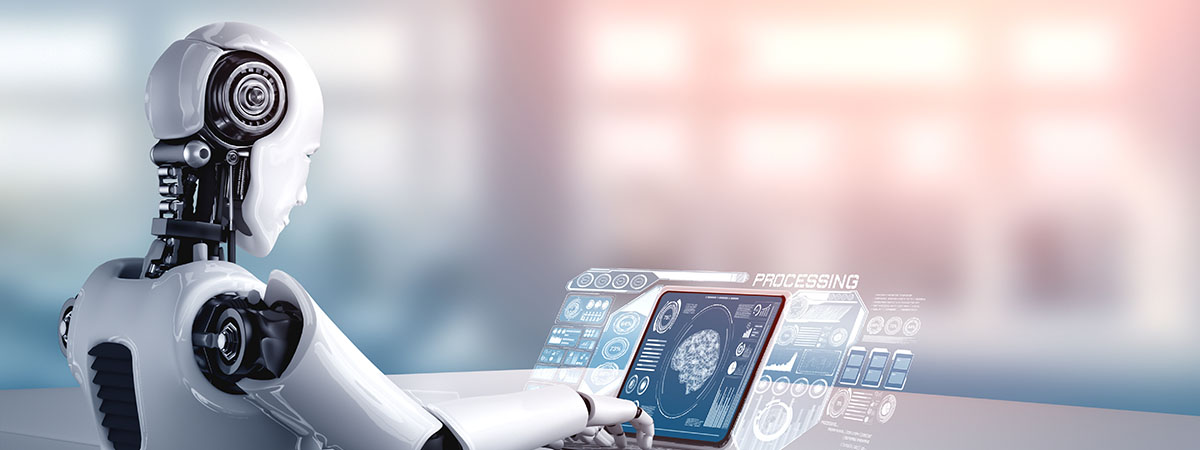
Implementing Machine Learning and Artificial Intelligence into industry in 3 steps

Technology is advancing, new algorithms are being developed and new challenges are accomplished by the day. Machine Learning (ML) and Artificial Intelligence (AI) has a lot to do with this and that’s cool, and this is probably why you are reading this post! A lot of those new advancements happen on a top research level from scientists locked in caves or academic researchers locked in labs. Yes, it is great that a computer can Classify different species of the animal kingdom, its perfect that it can communicate with Natural Language and help us turn off our lights but is there more? Industry needs some of that action; so here are the three steps to implement Machine Learning in your applications that can bring Artificial Intelligence into your Industry.
Step 1: Numericize
Machine Learning works with numbers; computers work with numbers; and so do your applications. A process can be represented by inputs and outputs. The challenge is to convert those inputs and outputs into numbers. Numbers can be creative. You can describe a picture by splitting it into pixels and then expressing the color of the pixel using Red, Green and Blue colour-code. You can classify a wine by its alcohol and pH, a person by their height, a sound by its frequency. It’s not always easy! Defining a ‘difficult’ process or an ‘ergonomic’ design with a number can be troublesome, but as long as you can describe parameters with numbers, the AI will find the pattern.
If you ask a mathematician, he will definitely say something within the lines “everything is numbers”. Well, this is where the success of Machine Learning is based. So, think once again about the most common process you are doing in your life, can its inputs and outputs be expressed with numbers? Probably yes.
Step 2: Connect information
“Half a lie is not better than a lie”. Same stands for Machine Learning; half information is not better than no information. In the previous point it was mentioned the importance of converting the inputs and outputs of a process to numbers. Now the focus is at what those inputs and outputs need to be.
For us humans with complex minds, categorizing information is not so necessary. Subconsciousness will always fill the gaps, but this is not true for a machine. Imagine training a predicting algorithm for the productivity of a team in a factory. You can include to the process inputs such as the number of products required for the day and the number of workers available; but it can be equally crucial information such as what day of the week it is. So always identify the required information for a specific process and provide that as part of the process. At the end of the day, if additional information is presented to the machine, it will figure it out.
Step 3: Train your model
We might be on our third and last point, but this is merely the beginning. Given that the last two steps were followed flawlessly, there is a lot of hard work until good results are produced. Machine Learning processes are like an iceberg; what you see is only a fraction of the efforts and attempts before success. There is no secret to this; be patient, try multiple methods and revisit the previous steps again and again until you are satisfied with the results. Sadly, there is no magic recipe for this process, not yet at least. But the results are always worth it.
To conclude, (or for those who skip directly to the last part!) the most important step for implementing Machine Learning and Artificial Intelligence in an Industrial environment, is to change the perspective of the processes to simple systems with numerical inputs and outputs. If you do so, what is left is a bumpy and difficult road towards automation, artificial intelligence and technological advancement.
